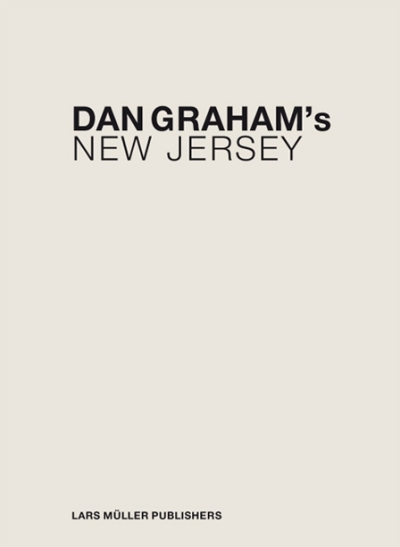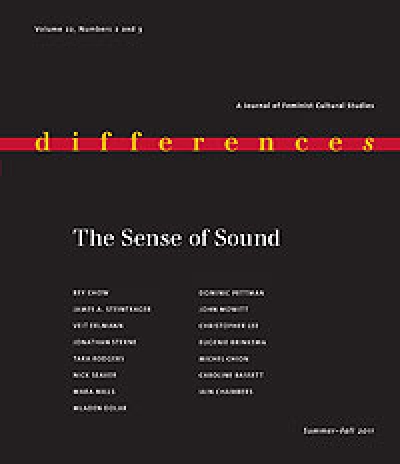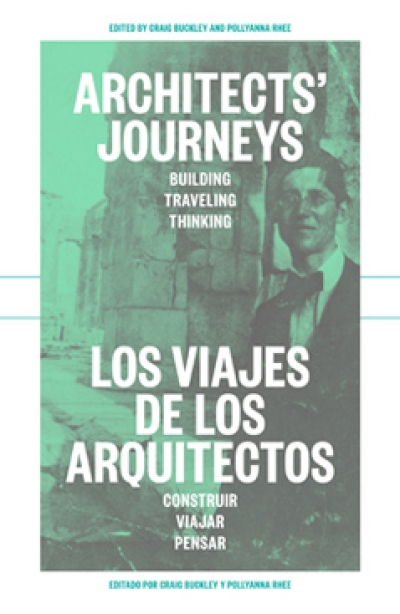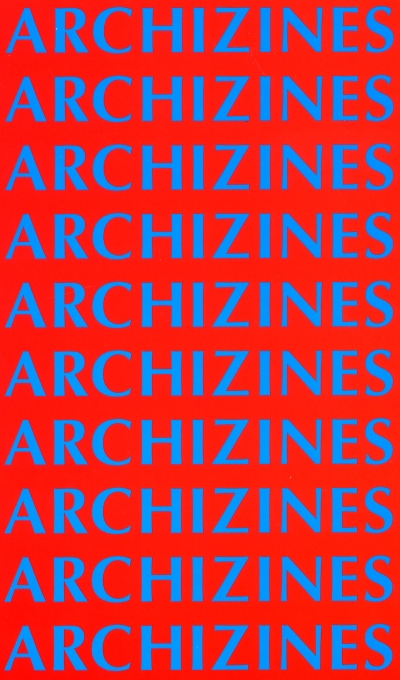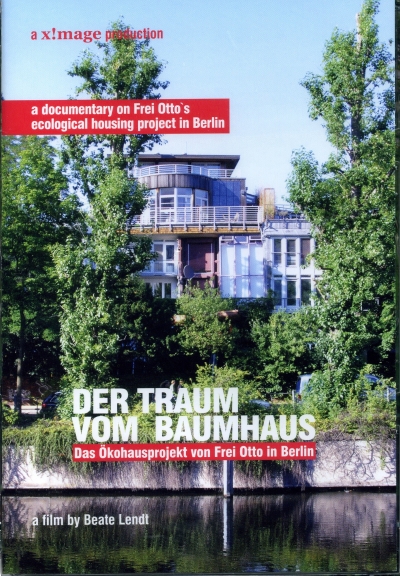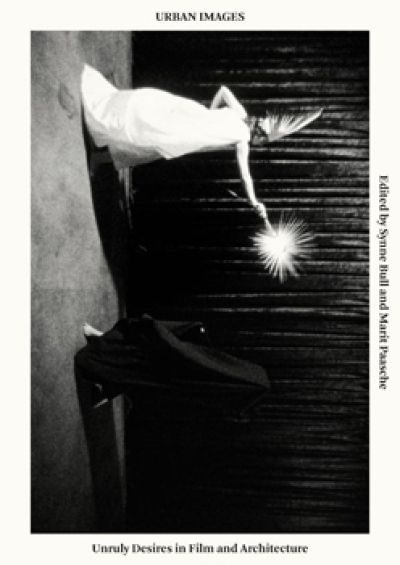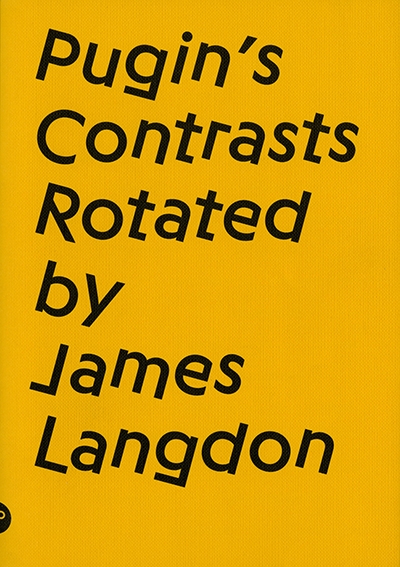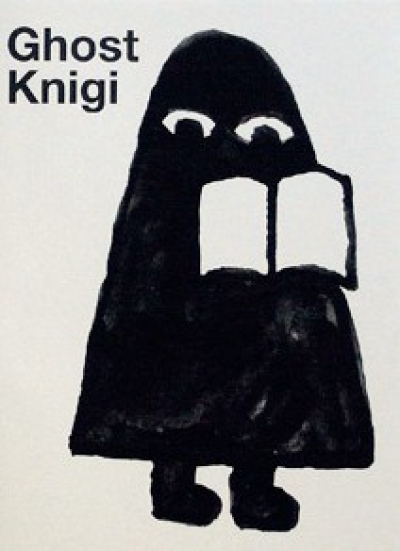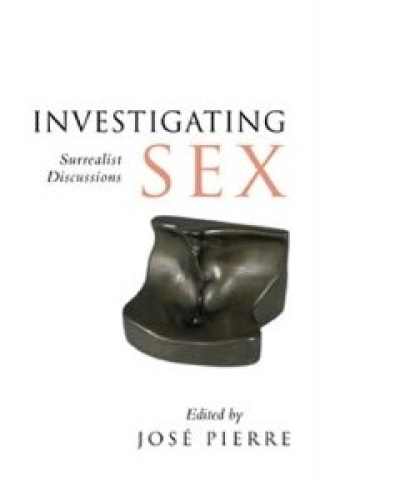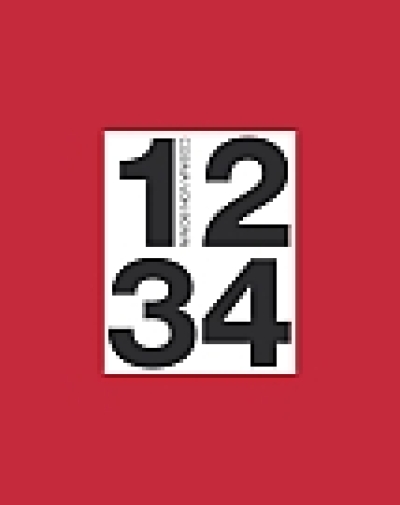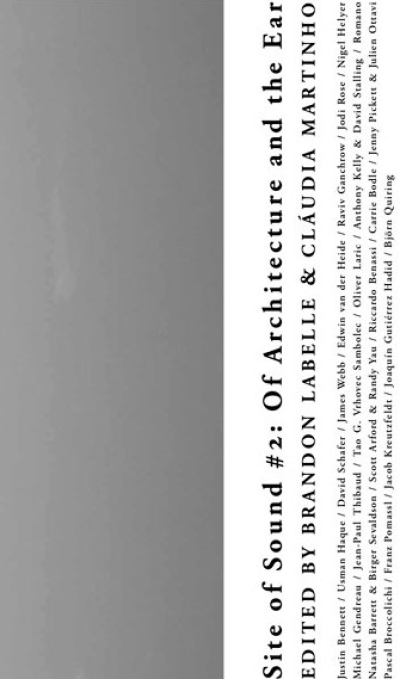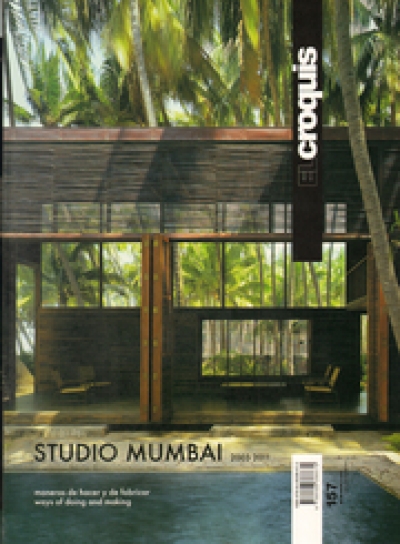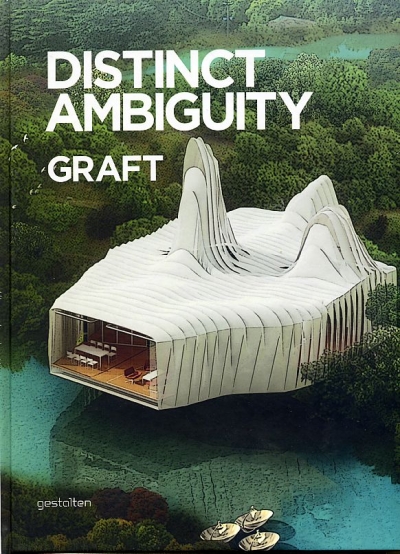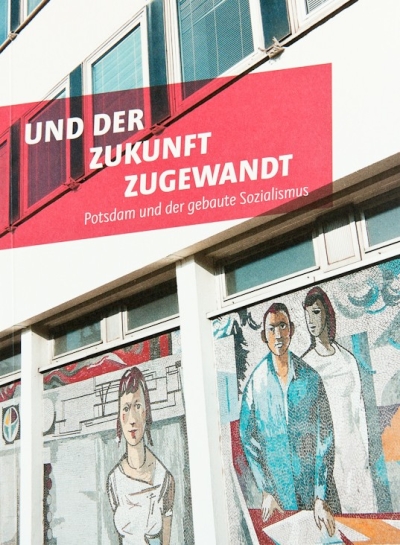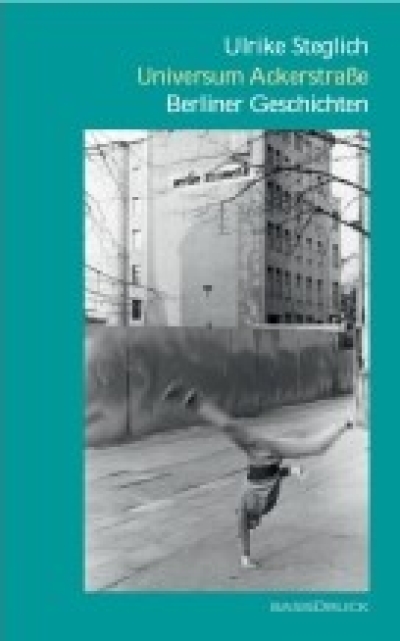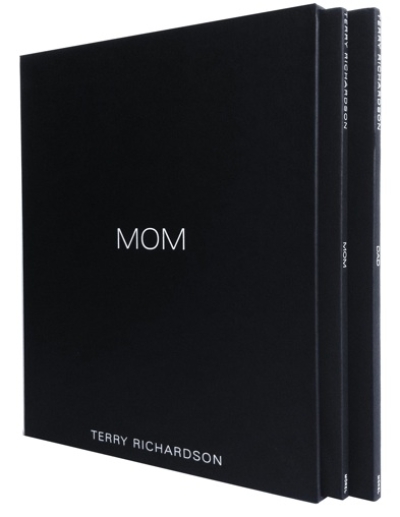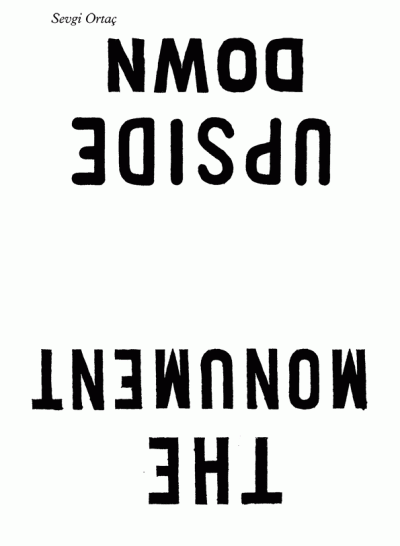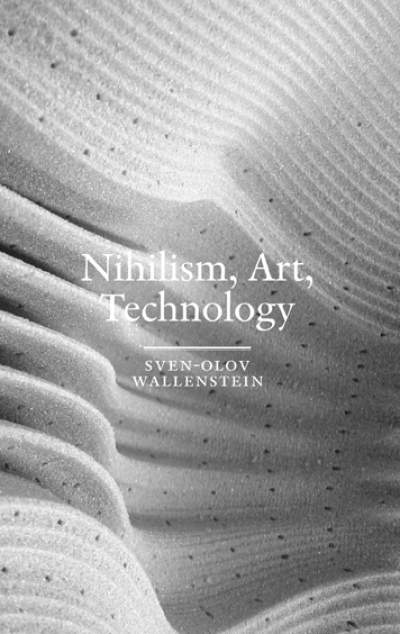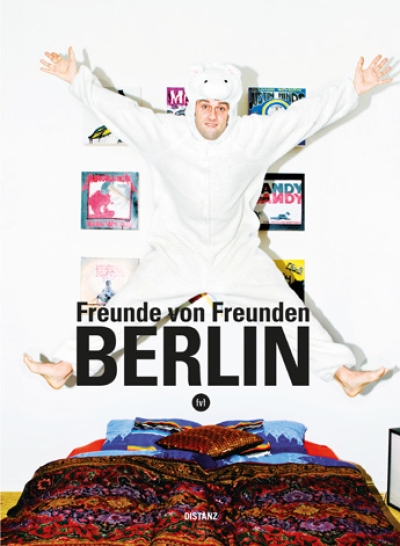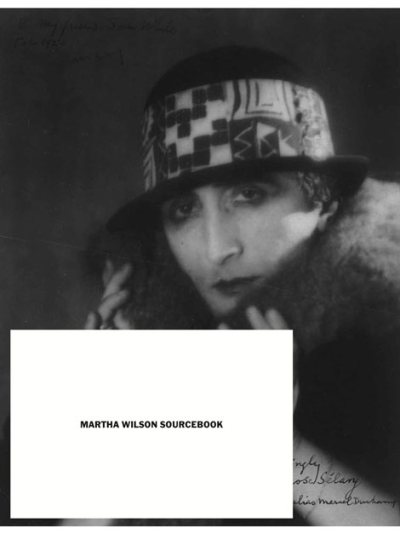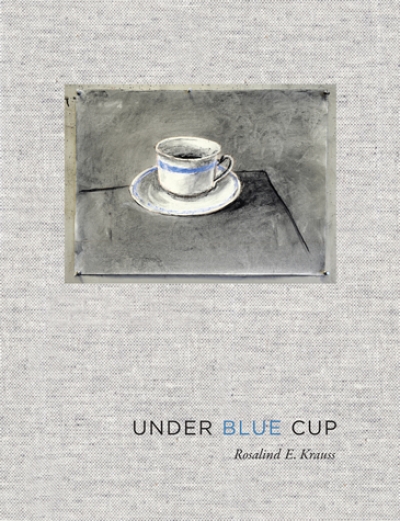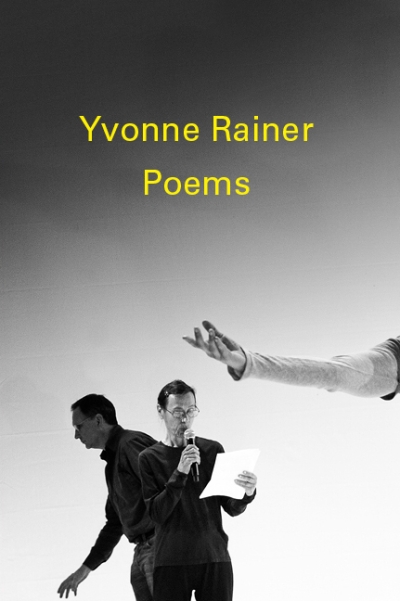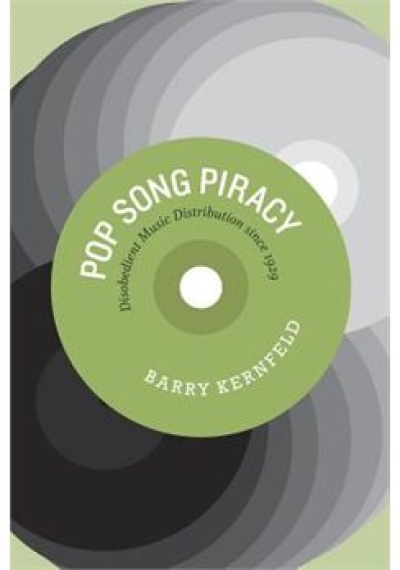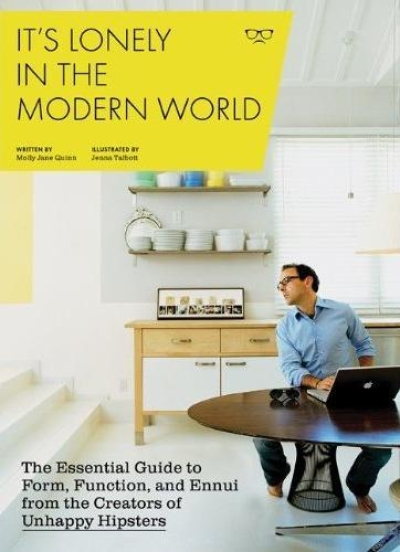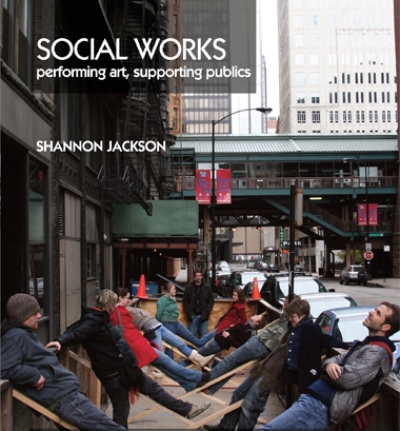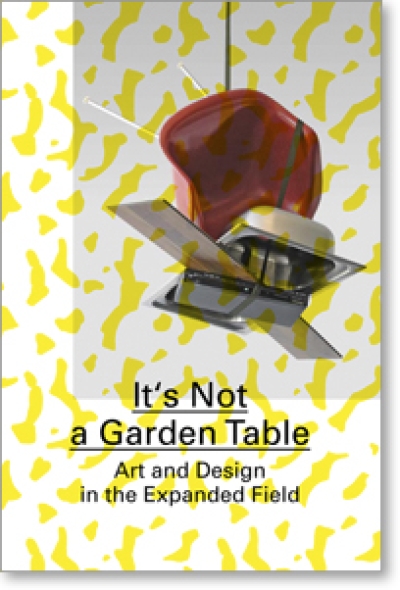
Building Critique: Architecture and its Discontents
Die Kritik ist in die Krise geraten, sie misstraut ihren eigenen Instrumenten – diese Entwicklung zeigt sich auch in der Architekturkritik. Über weite Strecken des 20. Jahrhunderts spielte Kritik eine wichtige Rolle bei dem, was als "moderne" Architektur galt. Der Kanon moderner Architektur war nach eigenem Verständnis dem Fortschritt und der Gesellschaftskritik verpflichtet. Die 1960er Jahre setzten eine Antithese dazu: die Relektüre der modernen Architektur aus der Perspektive neuer sozialer Bewegungen und des Marxismus, die zum Schluss kam, dass die architektonische Praxis selbst nicht kritisch sein könne, da sie mit Macht und Geschäftsinteressen verwoben ist. Nach der Finanzkrise, die jüngst den Bau- und Immobiliensektor getroffen hat und mit der Bestimmung neuer architektonischer Praktiken durch die Forschung lässt sich ein erneutes Interesse an einer Kritik beobachten, die postkoloniale und feministische Positionen aufnimmt. Die Kritik ist mitnichten tot, sie erweist sich vielmehr als unentbehrlich, so der Befund der Essays, die in diesem Band versammelt sind.
For much of the 20th century, critique played an important part in what was considered “modern” architecture; the canon of modern architecture considered itself dedicated to both formal progress and social critique. But as the 1960s spurred a rereading of modern architecture from a perspective informed by Marxism and the decade’s new social movements, many concluded that a building practice could not be critical, owing to its interdependent relationship with power and business.
With recent economic crises hitting the building and property sectors, and research playing an increasingly large role in architectural practice, we are witnessing a renewed interest in critique in contemporary architecture, especially from postcolonial and feminist positions. The essays contained in this book, authored by a variety of international architects and thinkers, address this revived moment of critique, arguing that, far from being dead, architectural critique is now indispensable.




